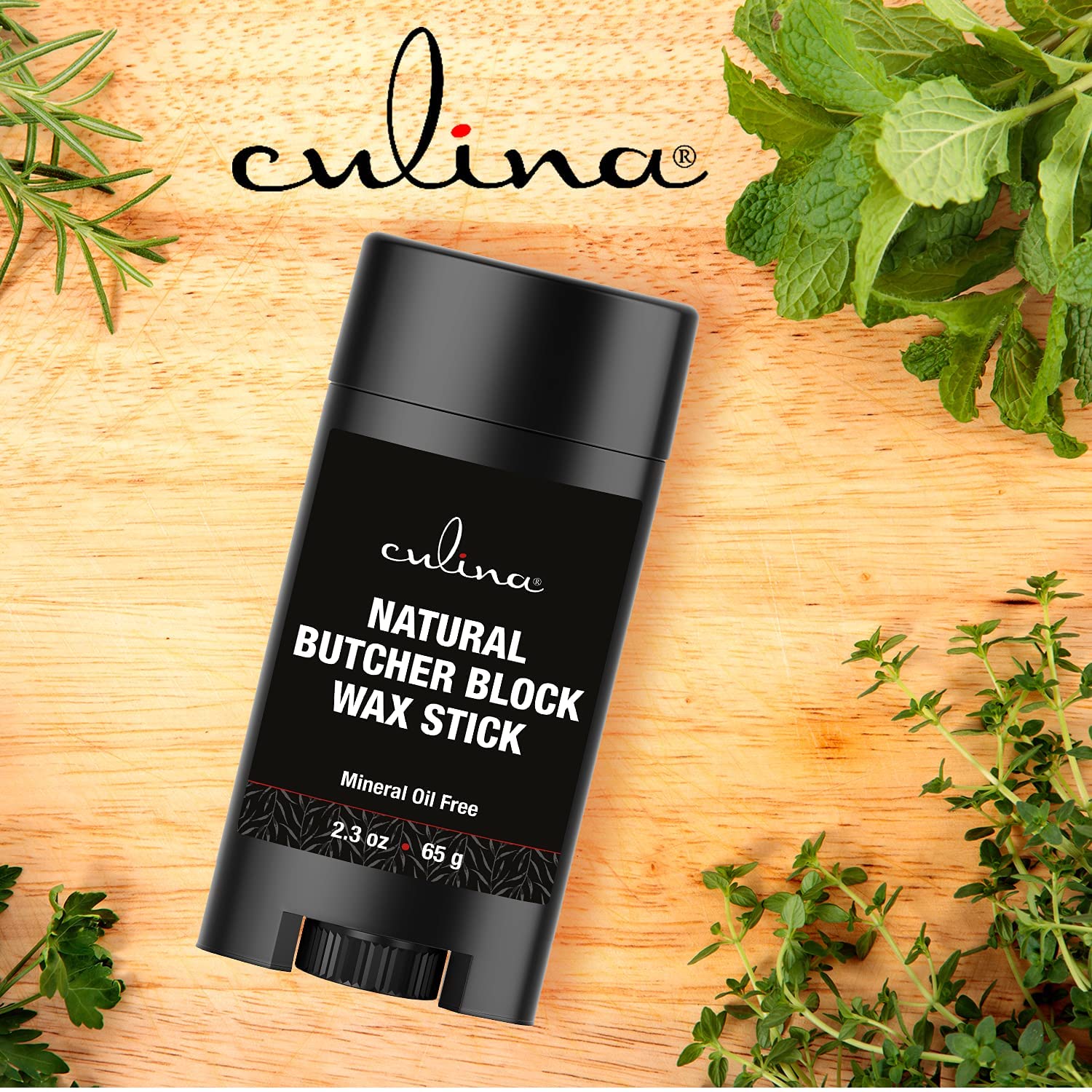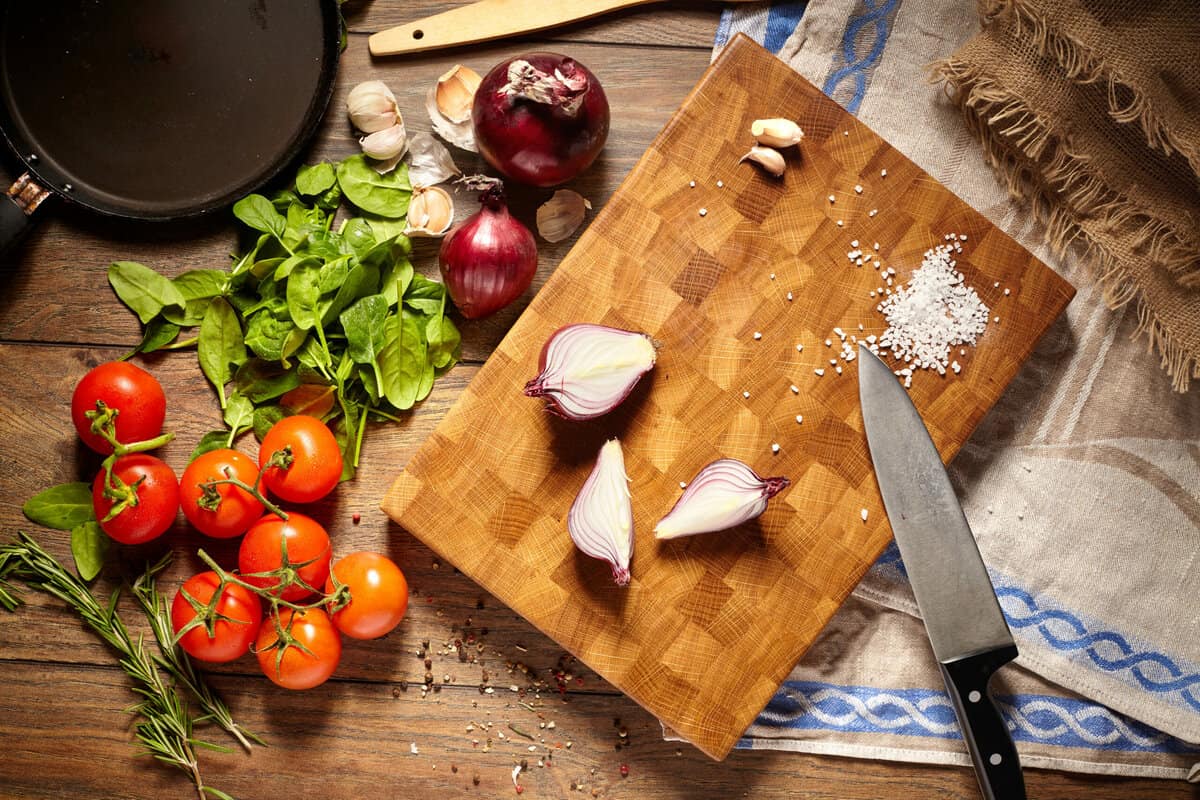How to get grease out of wooden cutting boards is a question that many kitchen professionals often face. Grease stains can be particularly stubborn on wooden surfaces, making it essential to know the best methods for effective cleaning. This article covers several tried-and-tested techniques to keep your wooden cutting board in tip-top shape.

Understanding the Problem
Wooden cutting boards are popular in both home kitchens and professional settings due to their durability and longevity. However, their porous nature makes them prone to absorbing grease and food particles. Understanding the root of this issue can help you apply the right techniques for cleaning.

Materials You Will Need
Before diving into the cleaning methods, gather the following materials:
- Baking soda
- Lemon juice
- Dish soap
- White vinegar
- Salt
- Hydrogen peroxide
- Olive oil
- Cloths and brushes

Basic Cleaning Techniques
Soap and Water Method
This is the most straightforward method to get grease out of a wooden cutting board. Use warm water and dish soap to scrub the board thoroughly.
Baking Soda Paste
Mix baking soda and water into a paste and apply it to the grease spot. Let it sit for a few minutes before scrubbing it off.
Advanced Cleaning Methods
Lemon and Salt
Sprinkle salt on the cutting board and then rub it with a lemon cut in half. This combination works wonders on grease.
White Vinegar
White vinegar is excellent for cutting through grease. Apply it directly to the stain and wipe clean.
Hydrogen Peroxide
Hydrogen peroxide can be very effective against tough grease stains on wood. Apply it directly to the stain and let it sit.
Maintenance Tips
Regular maintenance is crucial for keeping your wooden cutting board grease-free. Here are some tips:
- Rinse your board immediately after use.
- Dry it thoroughly to prevent bacteria build-up.
- Periodically apply a coat of olive oil to keep the wood conditioned.
When to Replace Your Board
Despite the best maintenance practices, wooden cutting boards wear out over time. Knowing when to replace them is crucial to ensuring food safety in your kitchen.
Visible Grooves
If you see deep grooves, its time to replace your board. These grooves can harbor bacteria.
Persistent Odors
If your board retains odors even after thorough cleaning, consider getting a new one.
Benefits of a Clean Cutting Board
A clean cutting board ensures that your food tastes fresh and reduces the risk of cross-contamination, thereby promoting a healthier kitchen environment.
Flavor Preservation
Grease and food particles can affect the taste of your food, making a clean board essential for flavor preservation.
Food Safety
A grease-free board is less likely to harbor harmful bacteria, making it safer for food preparation.
FAQ
- Q: Can I put my wooden cutting board in the dishwasher?
A: No, wooden cutting boards should not go into the dishwasher as the high heat can cause the wood to warp and crack.
- Q: How often should I oil my wooden cutting board?
A: Oiling your board once a month should suffice to keep it in good condition.
- Q: Can I use bleach on my wooden cutting board?
A: Bleach is not recommended as it can damage the wood fibers.
As an Amazon Associate, I earn from qualifying purchases.

